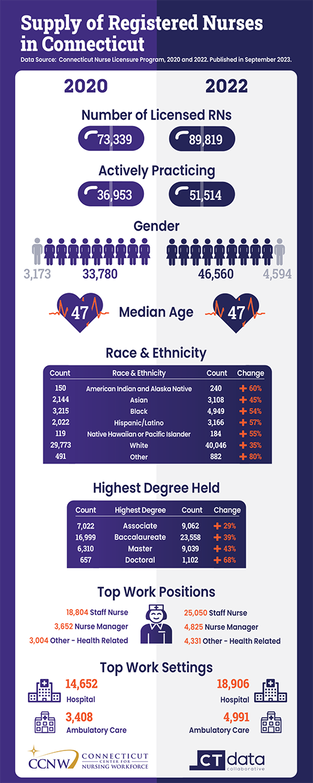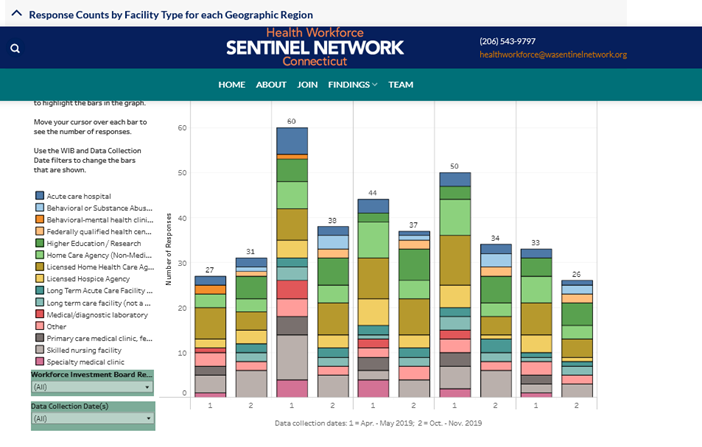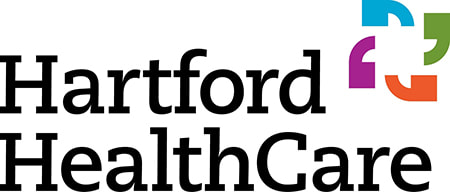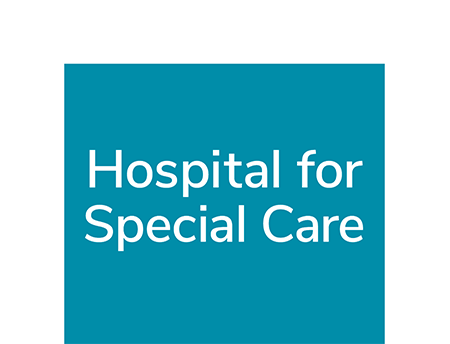|
Graphic Highlighting Respondents to the 2019 Statewide Healthcare Workforce DEMAND Survey
To view full report, visit: http://www.ct.sentinelnetwork.org
For more information, please contact: Marcia B. Proto, M.Ed, CAS, Executive Director The Connecticut Center for Nursing Workforce, Inc. [email protected] 203-494-1121
0 Comments
 The numbers leave little doubt that attention and systemic actions are required to address the nursing workforce challenges in Connecticut. In 2022, Connecticut reported 89,819 active licenses for Registered Nurses, but only about half that number -45,014- are actively employed in a nursing capacity in Connecticut. This is according to a just-completed analysis by the CTData Collaborative and The CT Center for Nursing Workforce, Inc. in September 2023. Nursing is the single largest job category within the field of healthcare. Licensed nurses provide high-quality, safe, and compassionate care within hospitals, long-term care facilities, homecare settings, and schools, as well as within community-based agencies throughout Connecticut. It is imperative that Connecticut adopt data-driven strategies to inform programming and innovative solutions to support a robust and sustainable nursing workforce to meet the healthcare needs of all Connecticut residents. It is easy to assume that with more than 89,000 licensed Registered Nurses (RNs), Connecticut has more than a sufficient number of RNs to handle the increased need for care due to the aging of the Connecticut population and anything else that comes our way. Yet, we now understand, conclusively, that assumption would be wrong. That is not the only alarm bell ringing. The data indicates that of the working RNs totaling 51,154, the age range comprises five generations from ages 20 to 96, with a median age of 47; and that 46% of the working RNs are 50 years and older. The largest age group of working RNs is between 30-39 at 23% or 11,626; followed by 22% between the ages of 50-59; and most alarming, is that only 11% of the total pool of employed RNs are between the ages of 20-29. Connecticut does not have nearly the number of younger nurses needed to replace those who will be retiring within this decade. |
Categories
All
Archives
June 2024
|
OUR MISSIONTo foster collaborations to ensure a highly educated, diverse, and sustainable nursing workforce to support the healthcare needs of Connecticut residents.
Terms of use Policy | Privacy Policy
Event Policy: No refunds will be given two (2) weeks prior to any event |
LoginContact UsFor more information or questions, please complete the online form to contact Marcia B Proto, M.Ed, CAS via email.
|




 RSS Feed
RSS Feed

















